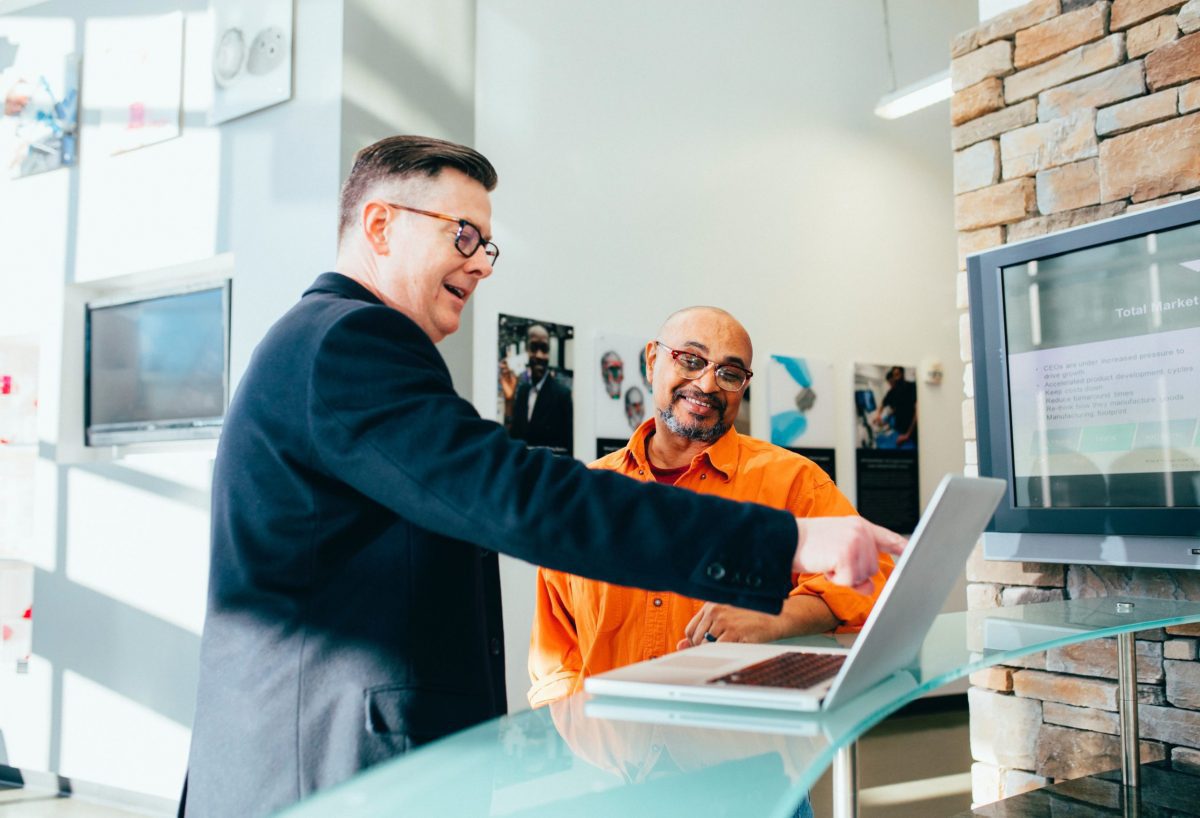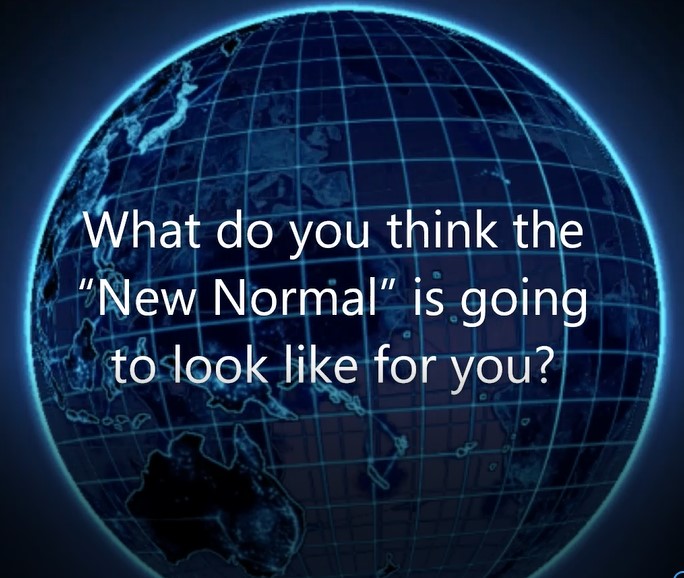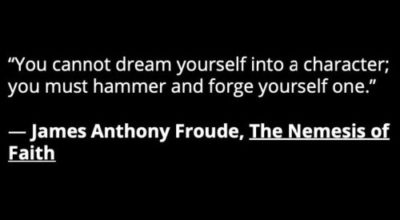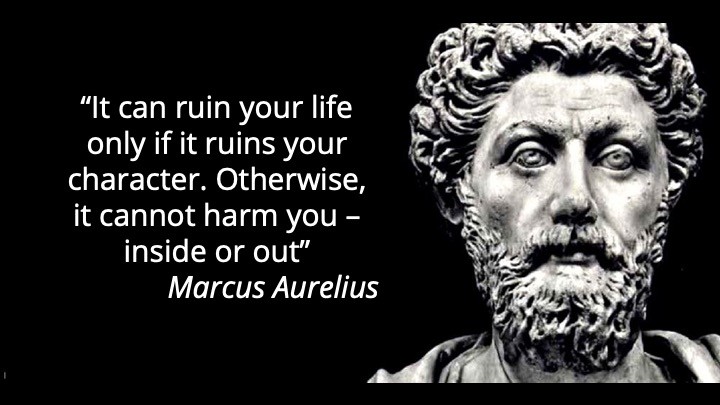A take on resilience
There are several definitions of resilience out there. The simplest one I found is that it is the ability to rise again after we fall. And we will fall. One of my favorite humans, Brené Brown, claims that if we are brave enough, often enough, we will fall. I find this hard to come to terms with. If you’ve tried to avoid falling as hard as I’ve tried, and the pandemic has brought you, your team or your business (or all three), to the edge of a cliff or over it – then you might want to read on. The need to be building courage and resilience in times of uncertainty is stronger than ever.
I would like to look at resilience under a different lens. As a lover of metaphors, I prefer this definition from Cambridge Dictionary: the ability of a substance to return to its usual shape after being bent, stretched or pressed.
What is our ‘usual shape?’ For me, it’s a triangle. At Axialent we depict the key to sustainable, extraordinary results through a triangle. I don’t think it’s by chance. The triangle is the only polygon that preserves its nature even when it is bent, stretched or pressed. In construction, it is the strongest shape.
The 3 dimensions of resilience

Each point of this triangle represents one of three dimensions of success, and I believe they serve as waypoints on the road to resilience.
- The ‘It’ dimension represents the task. It is the business results, such as profitability, revenue or market share. The ‘It’ is a prerequisite for survival of any business.
- Companies achieve results through the contribution of their people. The ‘I’ dimension reminds us that individuals need to be at their best to contribute to a firm’s success. As obvious as this may sound, our experience is that this dimension is often neglected during ‘business as usual.’
- Just as important as individual wellbeing and engagement is the ‘We’ dimension. How groups collaborate, work as teams and foster healthy interpersonal relationships are also at the heart of a company’s success.
The pandemic has stretched this triangle for many organizations. In the past months, the ‘It’ was hijacked by what I consider a ‘hyper-VUCA’ situation. Volatility, uncertainty, complexity and ambiguity have stretched their bounds. And in the midst of that, the ‘I’ came into the foreground. We’ve all witnessed companies putting the safety and the health of their people – workers, customers, and business partners – first. Although it may seem that they had no choice, this was a choice.
Covid-19 brought a hunger and thirst to connect. The lockdown made us rename ‘social distancing’ to ‘physical distancing’. No way was a virus going to sever human connection. Clients have approached us seeking our advice on how to build healthy connection at a distance, because the spontaneous reaction had turned Zoom-fatigue into a ‘thing’.
This pandemic is also causing undeniable economic turmoil. Figuring out what the new normal will look like is taking up business leaders’ bandwidth today, as they learn to become ambidextrous if they aren’t already: one hand on the short-term survival gear, and the other on the medium-term headlight switches.

Building Courage and Resilience in Times of Uncertainty
If there is no guarantee as to what the new normal is going to be and the only guarantee is that if we show up courageously in life and in business we will fall, then how can we build the courage to step into this challenge? For me, the answer is by learning to recover the triangle.
- On the ‘I’ dimension, first grant yourself permission to not be okay – and then do something about it. I invite you to think of your wellbeing as a responsibility to yourself and to others. Take care of yourself first, so you can be of service to yourself and others. The recommendation to don your own oxygen mask before assisting others who need your help is the perfect example of this.
- On the ‘We’ dimension, avoid the pendulum effect. From zero connection to never-ending conference calls and back, neither extremes are sustainable. Consider setting an intention of how you will connect with the people you care about, including colleagues that you used to bump into around the office that you no longer interact with. Tap into your reservoir of creativity to think of other channels of communication. Don’t just default to back-to-back calls.
- On the ‘It’ dimension, what if you choose the new normal that you want to see emerge? The one that inspires you to do great things in the world through your business. I encourage you to focus on the handful of things you can do in order to achieve that. It makes me feel more empowered, and it might just do the same for you. I believe it is far more effective than dwelling in helplessness waiting for the new normal to ‘happen to me’.
Conclusion
This is not a matter of balance. It’s not 33.33 period % of each. This is a matter of harmony. You will have built resilience when, at any time this triangle is bent, or stretched, or pressed – you still find a way to recover the triangle you want for yourself, your relationships and your business.










 Axialent
Axialent
 Moreover, d
Moreover, d




